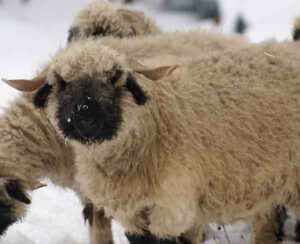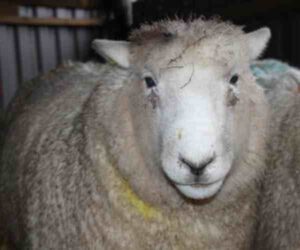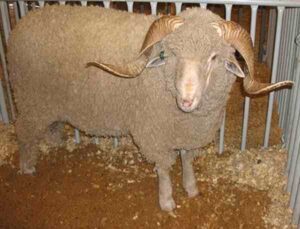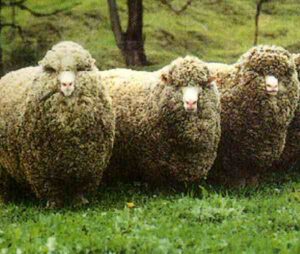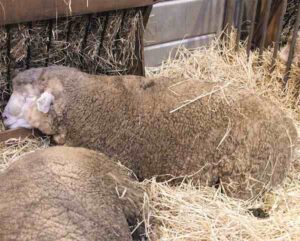The Herdwick sheep is a breed of domestic sheep originating in the United Kingdom. It is native to the Lake District of Cumbria in North West England.
Name of the breed ‘Herdwick‘ derived from the Old Norse herdvyck, which means sheep pasture. And these animals have traditionally been bred in the fells and pastures of the Lake District in Cumbria and are unique to this area.
Exact origins of these animals are not well documented. But it is thought that the sheep were introduced to the area during the Viking invasions of Western England.
And the Herdwick sheep was a very important breed in the Lake District by the end of the 12th century. Read some more information about this sheep breed below.
Herdwick Sheep Characteristics
The Herdwick sheep are relatively smaller sized animals, as compared to some other popular sheep breeds.
The lambs are born with black faces, legs and blue-roan fleeces which lighten in the adults. Their fleece lightens further to grey after the first shearing.
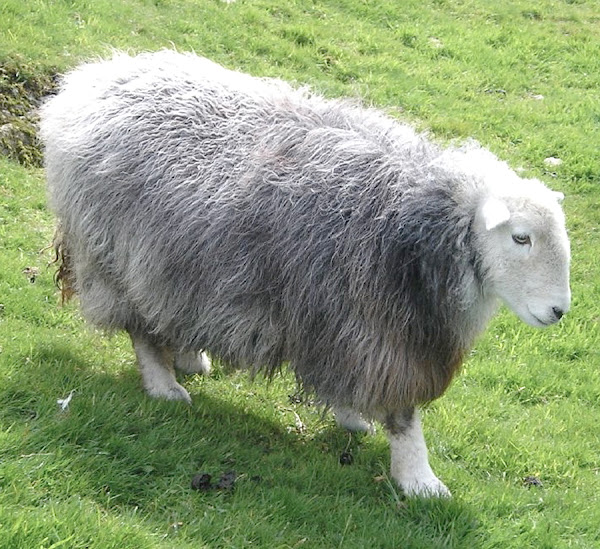
The Herdwick rams are horned, while the ewes are naturally polled. Photo and info from Wikipedia.
Uses
The Herdwick sheep were a dual-purpose animals, valued for both meat and wool. But today, the breed is raised mainly for meat production purpose.
Special Notes
The Herdwick sheep are hardy animals, but they grow very slowly. They possess a homing instinct whereby they return to their native pastures when moved.
They are also partially responsible for the bleakness of some of Lake District fells, because like most sheep, Herdwick sheep graze the grass very closely inhabiting the growth of tree cover.
They can withstand the cold and relentless rain of the Lake District at heights upwards of about 1000 meters.
Most of these animals spend winter on the fells. And they are usually left to graze freely on the hillsides. Meat of these animals is lean and slightly gamey in flavor. However, review full breed profile of these sheep in the following chart.
| Breed Name | Herdwick |
| Other Name | None |
| Breed Purpose | Mainly meat, also wool |
| Special Notes | Hardy and strong animals, well adapted to local climate, slow growing animals, possess a homing instinct whereby they return to their native pastures when moved, can withstand the cold and relentless rain of their native area, meat is of good quality with slightly gamey flavor |
| Breed Size | Small |
| Horns | Rams have horns, but the ewes are polled |
| Climate Tolerance | Native climates |
| Color | Vary |
| Rarity | Common |
| Country/Place of Origin | United Kingdom |

